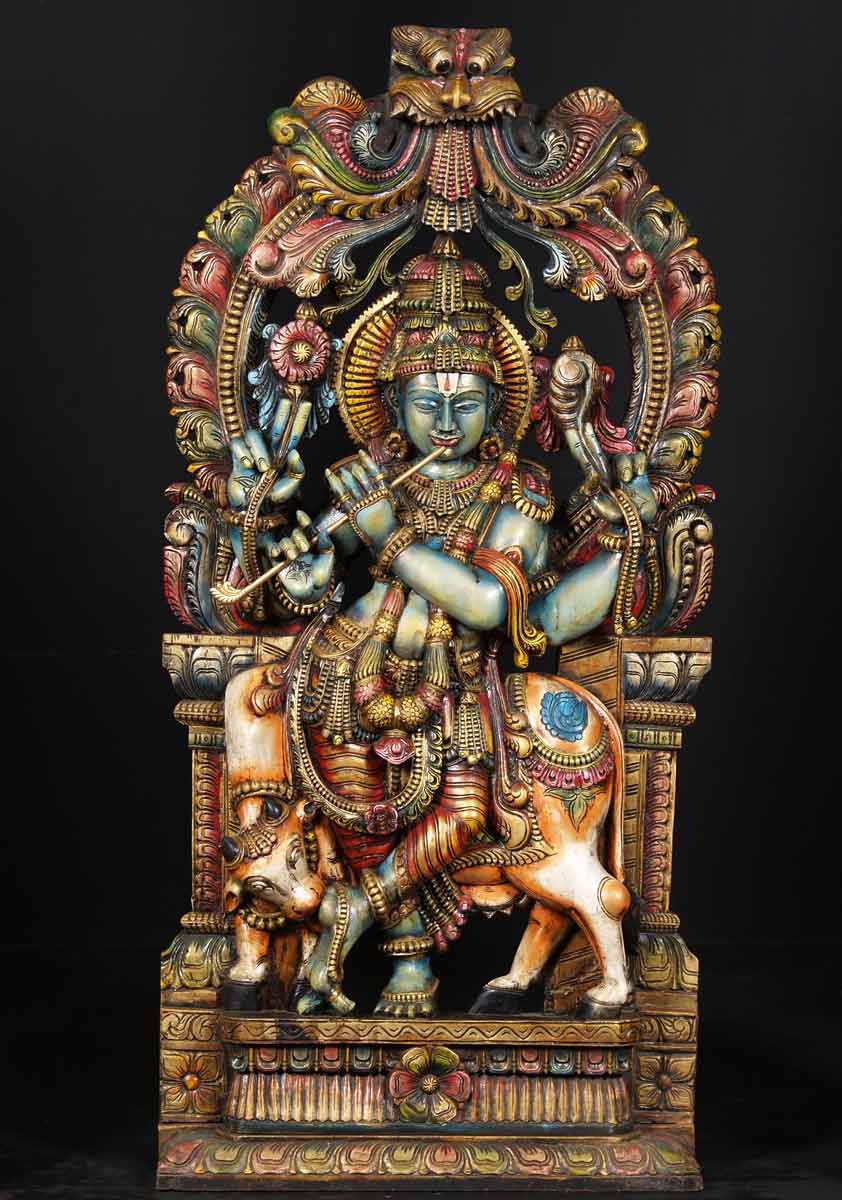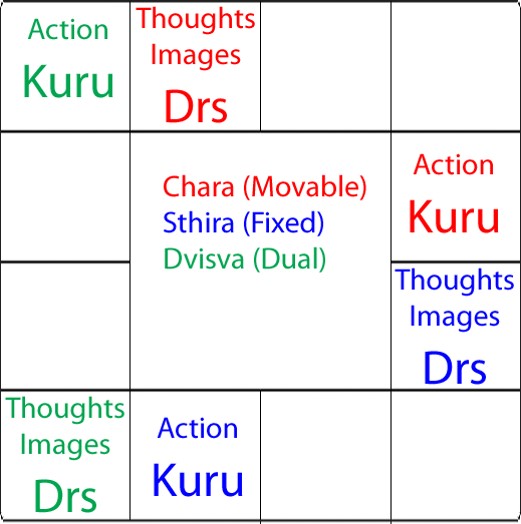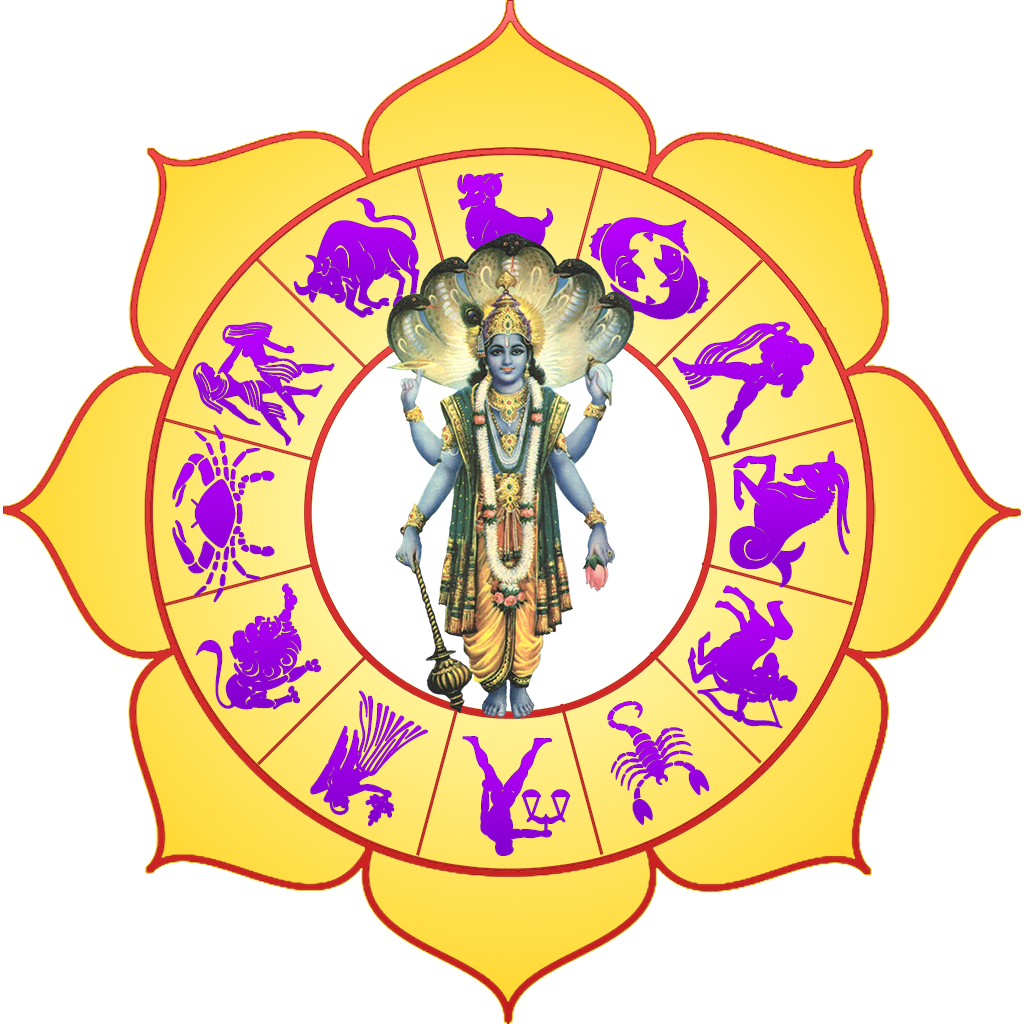Tag: Ṣoḍaśāṁśa
D16: Sukha-Duḥkha
Sukha (joy, bliss) indicated by Jupiter, the giver of the supreme bliss and duḥkha (sorrow) indicated by Saturn, the god of death and disease are…
Ṣoḍaśāṁśa: D16
Parāśara teaches that from the Ṣoḍaśāṁśa (D16) we know about happiness and sorrows besides the power of discernment, comprehension and understanding (including religious study but…




